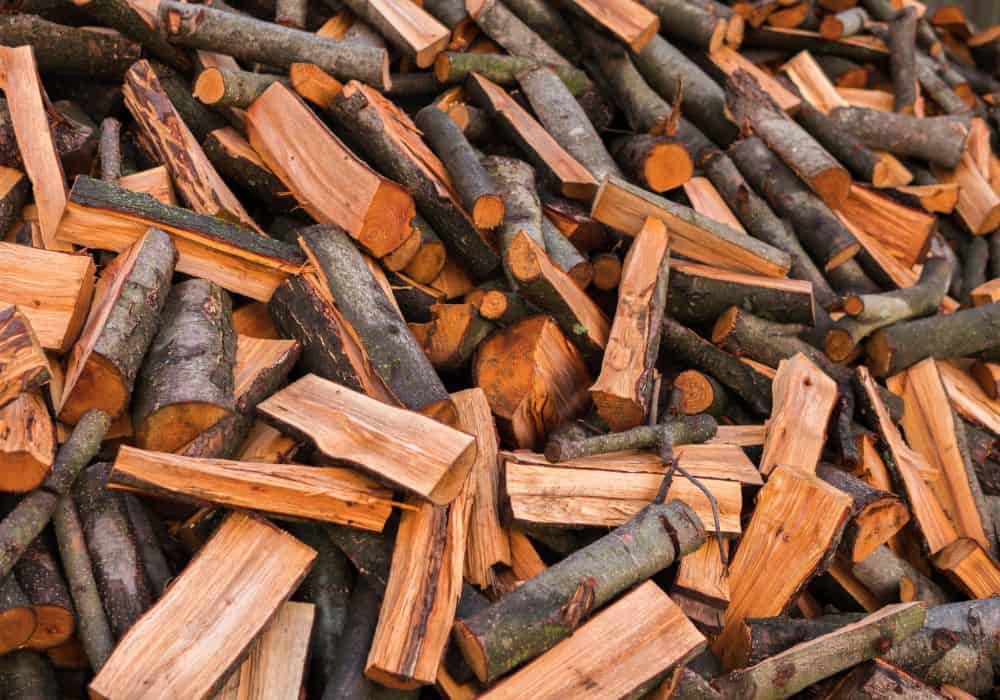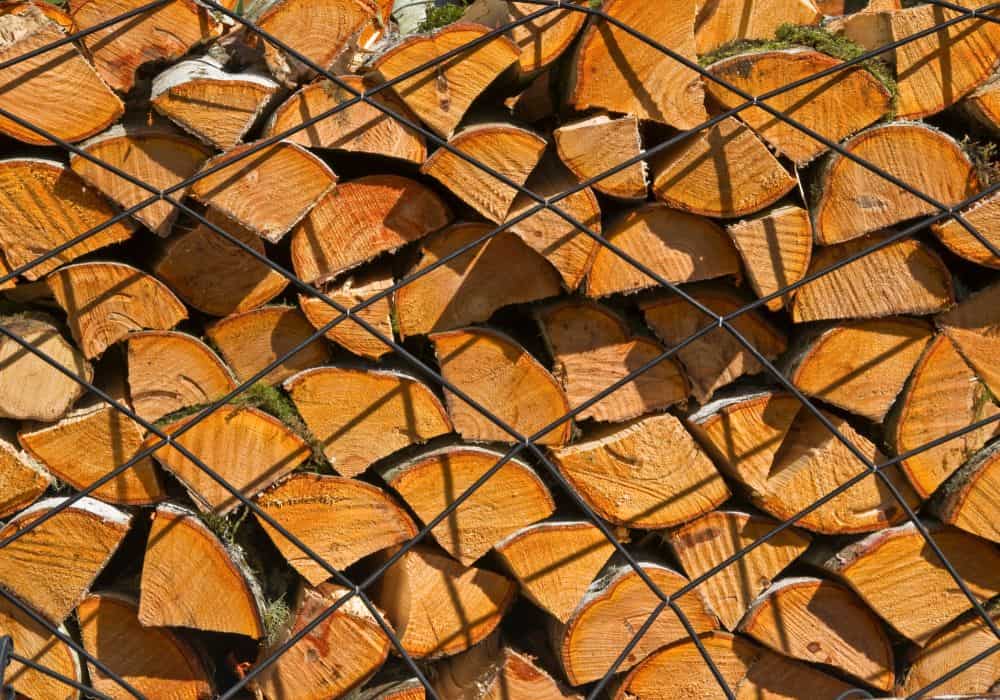Are you planning to upgrade your hardwood flooring? Or, perhaps, you want to start a new woodworking project? In any case, you must have heard about alder wood.
It’s one of the most popular hardwoods from the Pacific Northwest. The beautiful cross-textured wood is used in making cabinets, doors, and furniture. But, when working with it, many professionals have reported it to be soft.
So, is alder a hardwood? If yes, then why is it not hard? Let’s find out all the answers in the article below!
Table of Contents
What is Alder?
Alders are deciduous trees with serrated leaves and flowers. They shed their leaves every year and produce coated seeds. This structurally classifies them into hardwood.
However, it wasn’t until 20 years ago that these hardwood trees became famous. Most people preferred oak, maple, cherry, and other classic hardwood types. But if you research trending hardwoods today, you will also find alder on the list!
Alder is typically found in North America, with some of the species growing in Central America and the Andes. If you dive into more specifics, you will find that:
- Red Alder (the most popular type) comes from the western coast of North America.
- White Alder is found in Oregon, Idaho, California, Montana, and Washington.
- Grey and Black Alder grow in Northern Europe.
- Green Alder is native to southwest and central Alaska, southeast to northwest California, and central Montana.
Some other rare types of Alder wood include Hazel Alder and Japanese Alder. They all classify as hardwood, though working with them will make you think otherwise!
Janka Scale & Alder: How Hard Is It?
Janka Hardness Scale is a test of how hard and dense a hardwood is. It is performed by measuring the hardwood’s resistance against the pressure of embedding an 11.28mm ball bearing into the surface.
As a general rule, the higher a hardwood scores on Janka Hardness Rating, the stronger and harder it is. It won’t break or wear easily.
So, when Alder was tested on the Janka Scale, it was rated 590 LBF or 2624N. This is a lot less than the majority of hardwoods. Have a look at this chart for a better comparison:
| Brazilian Walnut | 3,684 lbf |
| Mahogany | 2,697 lbf |
| White Oak | 1,360 lbf |
| Cedar | 900 lbf |
| Douglas Fir | 710 lbf |
| Alder | 590 lbf |
| Black Spruce | 520 lbf |
| White Spruce | 480 lbf |
| Sugar Pine | 380 lbf |
Alder wood is softer than Oak, Maple, Yellow Pine, Birch, and all other main hardwood types. It is only harder than some Spruce and Pine species. Hence, it’s called soft hardwood.
Its softness makes it very easy to work with. You can carve, sculpt, and sand the wood effortlessly. But you need to be careful as the wood can also get dents easily.
Some Other Characteristics of Alder

Alder is more than just soft hardwood with great workability. It has several other characteristics, which makes it a popular choice amongst woodworkers. Let’s have a brief look at each one!
1. Texture & Color
Alder wood features a straight grain with tight rays and knots. It looks very similar to Cherry and Birchwood. However, the texture is close-grained, fine, and uniform. This gives the finished alder wood furniture a premium feel.
As for the color, freshly-cut alder wood is almost white. It would be better to say that there is no color. But, since the wood has a porous surface, it develops a light brown color with exposure to the air.
You may also find other shades of brown depending on the type of alder. This ranges from tan to reddish brown. Some also have a yellow and orange tinge.
2. Size
Unlike most hardwood trees, alder trees are short. This means that the lumber is available in limited lengths and widths. Typically, you will find the alder lumber between 6 to 12 feet.
However, the size doesn’t affect the workability and usability of the wood. You can still use it for every type of woodworking project.
3. Strength & Density
We have already discussed the hardness of alder, but that doesn’t say anything about its strength. The strength of wood depends on its density.
In the case of alder, we know that it has a medium compressive strength of 5820 psi and a poor bending strength of 9800 psi. This means that the alder can resist compression, but it would bend against too much load.
So, it’s not an ideal option for large construction projects like decks and roofs. Instead, you can use it for doors, drawers, and other light crafts.
4. Durability
Alder wood does not resist too much load and pressure. It’s a soft hardwood and will acquire dents under intense physical impact. It may even break.
However, the wood has no problem handling light to moderate force. You can hammer nails into the surface without splitting it. There’s no need to get pre-drilled holes, either.
What’s more, alder wood has stiffness and great shock resistance. Its strong, straight-grain structure also doesn’t shrink after exposure to water or staying underwater.
What Are the Uses of Alder?

Alder offers high-grade lumber for furniture making and minor millwork projects. Since it has a fine, straight grain and develops a beautiful brown color, alder wood products look aesthetically beautiful.
Some people also benefit from these aesthetics by adding alder wood trims and details to the existing furniture. This saves a lot of money and time while putting a premium touch on your household items.
The softness, flexibility, and uniform texture of alder also make it a popular option for instruments. You will find several guitars and drums made from alder.
Final Thoughts
Alder is a soft hardwood because of its porous structure, medium density, and low bending strength. It’s pliable and makes a wonderful material for wooden products. Woodworkers who are just getting started will also find alder to be ideal for honing their skills.
We hope that this article has resolved your query. If there is still any doubt or confusion, let us know in the comments below!